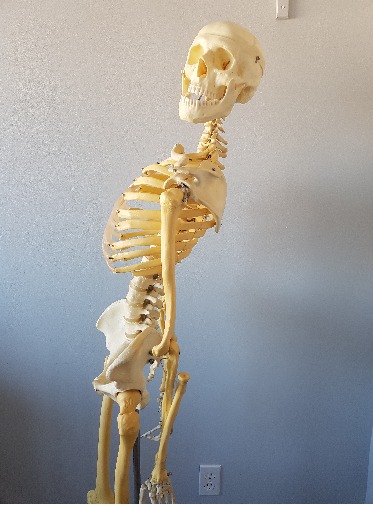Hypermobile or too flexible back! Oakville Physiotherapy can HELP!
Our Physiotherapists in Oakville have treated all types of back pain. Have you ever felt as if you had no limitation in your back range of motion, yet kept experiencing sharp shooting pains in your lower back with different positions? One clinical presentation that is commonly seen with physiotherapy is a lumbar spine hypermobility or low back hypermobility. Hyper meaning extra, and mobility being movement. Although this may sound daunting having ‘extra movement’ in your lumbar spine (your lower back) the movement truly isn’t that much. The average lumbar segment in your back only moves a few millimeters throughout an adjustment or spinal ‘correction’. Think you need treatment for a hyperextension injury CLICK HERE>
Physiotherapy and the Spine Treatment in Oakville

Typically our hypermobilities in the lumbar spine are seen by a severe initial sprain  caused by a hyperextension. This may occur from bending too far backwards, being checked from behind in a hockey game, or simply lifting a heavier then anticipated weight/poor-lifting technique. Lumbar hypermobilities are also seen in leg length discrepancy, pregnancy, faulty sitting postures and habitual single leg standing to name a few more. The most common clinical presentation seen by myself with a lumbar hypermobility is pain aggravated by stomach (prone) sleeping, often achy in the morning, decrease pain with movement, a subjective complaint of something ‘letting go’ and increased symptoms with sustained back extension positions like brisk walking for example.
caused by a hyperextension. This may occur from bending too far backwards, being checked from behind in a hockey game, or simply lifting a heavier then anticipated weight/poor-lifting technique. Lumbar hypermobilities are also seen in leg length discrepancy, pregnancy, faulty sitting postures and habitual single leg standing to name a few more. The most common clinical presentation seen by myself with a lumbar hypermobility is pain aggravated by stomach (prone) sleeping, often achy in the morning, decrease pain with movement, a subjective complaint of something ‘letting go’ and increased symptoms with sustained back extension positions like brisk walking for example.
The physiotherapist identifies Hypermobilities as we perform a detailed subjective and objective examination followed by our orthopedic testing and special tests to confirm the diagnosis. Hypermobilities are not seen on x-rays, as the amount of movement present on x-rays is not considered to be pathological. The treatment, however, is a therapist’s buttered bread. The goal is to achieve improved dynamic muscle support and tone along with stabilization of intrinsic supporting muscles such as the rotators or multifidus (these are the smaller muscles that attach directly onto your vertebral column). From here we can perform manual therapy techniques as well to allow additional movement on the segment above or below the hypermobility. Essentially your back will limit the amount of movement at another segment because the hypermobile segment has extra movement. Patient education is also provided to help with hypermobilities, such as resting positions, avoidance of prolonged postures, avoiding aggravating activities and core stabilization exercises to name a few.
To learn a quick and easy exercise for lumbar hypermobility, feel free to check out our recent video post demonstrating progressive core exercises. However, a detailed assessment is warranted to treat everyone specifically.
